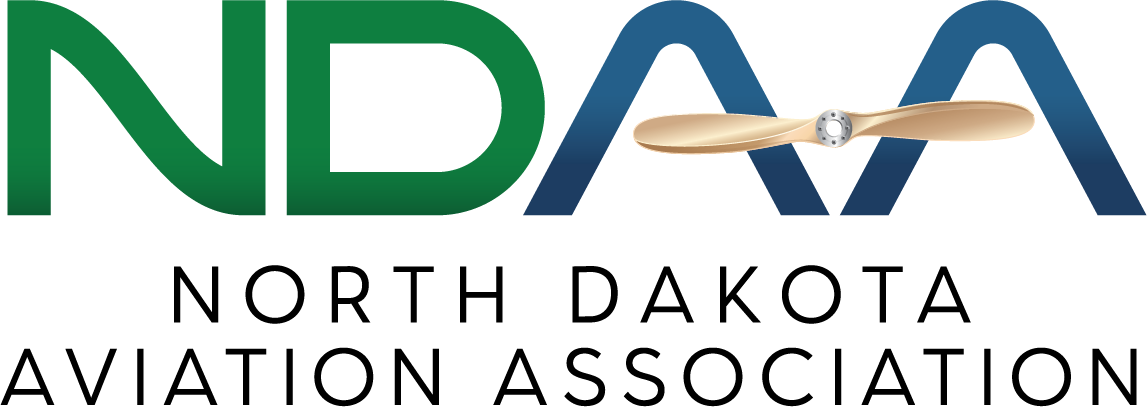
By Robbie Lunnie
Wildfires are devastating. According to the National Interagency Fire Center, there have been 41,051 wildfires this year with approximately 4.7 million acres burned. States such as Oregon, California, and Washington have been devastated by fire. Aviation plays an important role in helping these states combat this ever-growing threat.
Historically, airplanes and helicopters have carried out dangerous aerial firefighting operations. Pilots conducting these missions fly at very low-levels, oftentimes putting themselves and their aircrews at extreme risk. Until recently, crewed aircraft were the only means of combating wildfires from the air. However, unmanned aircraft are taking to the skies to conduct life-saving operations in hopes of lowering the risk to aerial firefighters.
Unmanned aircraft are being used in multiple applications, such as monitoring ground crew positions in real-time, identifying smoldering hotspots with infrared technology, and even delivering rescue supplies. Although these are important uses of unmanned aircraft, another benefit of this technology is being explored.
Although it sounds like a scene from an apocalyptic science fiction film, unmanned aircraft equipped with fireballs are being used to thwart potential wildfires in the Midwest and Western United States. These aircraft, known as Unmanned Aerial Ignition Systems, are being used to conduct prescribed burning operations. Prescribed burns are fires intentionally started under controlled circumstances to reduce the hazardous fuels near woodlands, grasslands, developed areas, and even national historic sites.
An example of unmanned aerial ignition systems are small, vertical takeoff and landing aircraft equipped with dispensers designed to drop ignition spheres. Self-igniting ignition spheres, affectionately dubbed “dragon eggs,” are used aboard unmanned aircraft to start prescribed burns in areas where dry shrubs and grasses have a high potential for ignition.
The self-igniting plastic ping-pong sized balls are filled with potassium permanganate and are injected with glycol immediately before being deployed. Once injected, the spheres ignite within 30 seconds, giving ample time for the “dragon eggs” to fall from unmanned aircraft and settle on the prairie or forest floor.
This technology, an industry standard for years, is typically deployed by fixed-wing and helicopter aircraft. However, a team at the University of Nebraska has studied the applicability of using unmanned aircraft technology to safely conduct prescribed burn operations. Last year, the U.S. Department of the Interior purchased commercialized versions of Unmanned Aerial Ignition Systems and trained firefighters to pilot them.
Aircrew safety is one of the biggest motivators for using unmanned aircraft in aerial firefighting operations. Using unmanned aircraft systems gives firefighters the benefit of conducting dangerous, yet critical, aerial firefighting missions from a safe distance, allowing pilots and aircrews a safe return to their home airfields.
